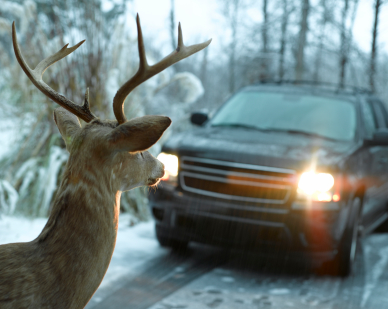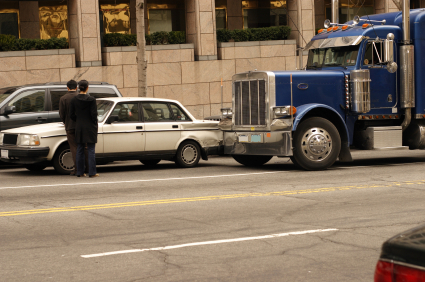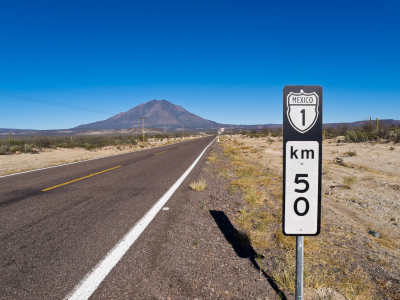Cheaper Car Insurance
Using discounts to find cheaper car insurance, choosing a cost-effective liability limit, and how to best utilize full coverage.
So you want cheaper car insurance? Why not?
What’s more the insurance companies know it. For years major insurers have run multi-million dollar advertising campaigns on this very premise. Finding cheap car insurance is no problem at all for most people.
That’s all fine and good, however simply looking for cheaper car insurance is not always the best thing to do. What you really want to do is look for cost-effective car insurance.
Cheaper Car Insurance Means Discounts
Apart from shopping around, the single best way to find cheaper car insurance is to find and qualify for as many discounts as possible. While the exact discounts available vary from company to company, just about everyone offers multi-car discounts, discounts for packaging auto insurance with other insurance lines such as homeowner’s insurance, discounts for good credit, good student discounts, and so on.
Rest assured there are plenty more.
A good agent will look for these discounts on your behalf. It’s the agent’s job to be familiar with the discounts his company offers. He or she is well-motivated to find these discounts for you, both because it’s good customer service, and also because it gives the agent a chance to outbid the competition (insurance agents love doing that). While it’s certainly possible to find these same discounts online, know you’re on your own when you do so.
Shop for Cheaper, Intelligent Liability Coverage
The most straightforward way to save on liability car insurance coverage is to simply go down to your local agency, ask for the state minimum limits and refuse to accept anything else. Indeed, this is how many people shop for insurance. It works, as long as they never get in an accident.
The plain truth is state minimum liability limits are routinely inadequate for anything other than minor accidents. If anything serious occurs, it’s very easy indeed to exceed the limits for bodily injury and property damage on a state minimum liability policy. While the insurance limits run out at a certain point, your legal liability doesn’t. If you’re in this situation you may find the accident very costly indeed, even with adequate insurance coverage in the eyes of the state. You may face subrogation or even be sued.
Instead, many insurance professionals recommend a more robust liability limit, such as a 50/100/50 “split limit” policy or a $100,000 combined single limit policy (CSL). These limits are often still reasonably priced for most people. The myriad of discounts available can make them even more appealing.
Don’t Forget Full Coverage
While no state requires full coverage auto insurance, it’s not always a good idea to forgo it. If you’re still making car payments, your lender will require you to carry full coverage as part of the contract. You’ll need to do so until the car is paid off.
Don’t think you can pull a fast one on them, either.
Lenders will ask your insurance company to send them a “binder,”which in this case is basically a piece of paper that documents that the vehicle in question has full coverage and lists the lender on the policy. Without a binder, a lender can put “force placed” insurance on your vehicle. Force placed insurance usually features limited coverage and extremely high prices. Keeping your full coverage is much more cost-effective.
Once your car loan is paid in full, you’re free to drop full coverage and remove the lender from your policy. Don’t assume the latter happens automatically. It often doesn’t. While this instantly results in cheaper car insurance, it also instantly results in significantly reduced coverage. Without full coverage you’re no longer covered against theft, vandalism or any accidents where fault can’t be pinned on someone else. If you’re OK with that, then go for it. If not, there’s nothing wrong with keeping full coverage.
Full coverage may not make for cheaper car insurance in the short-term, but it may be a cheaper route if you have an at-fault accident in an expensive vehicle.





